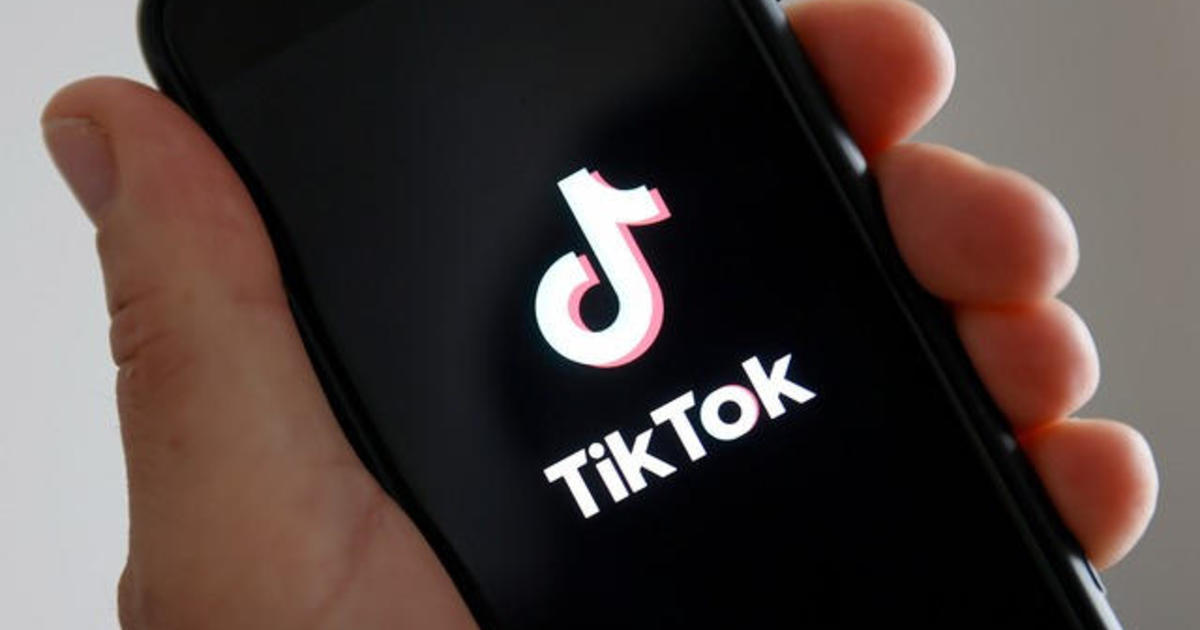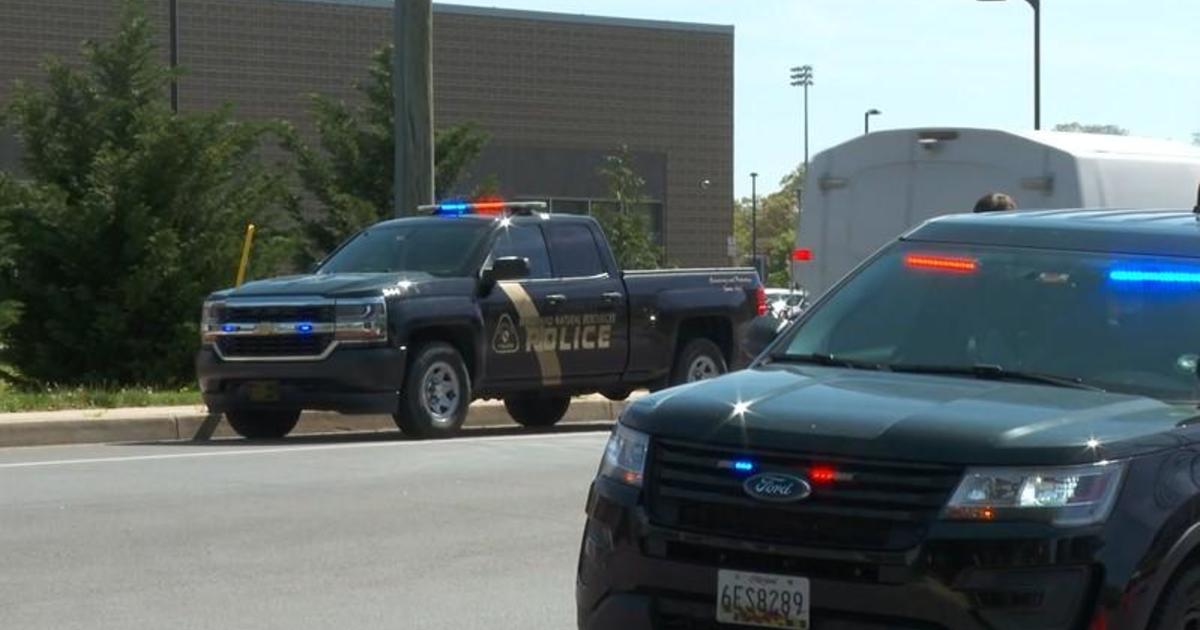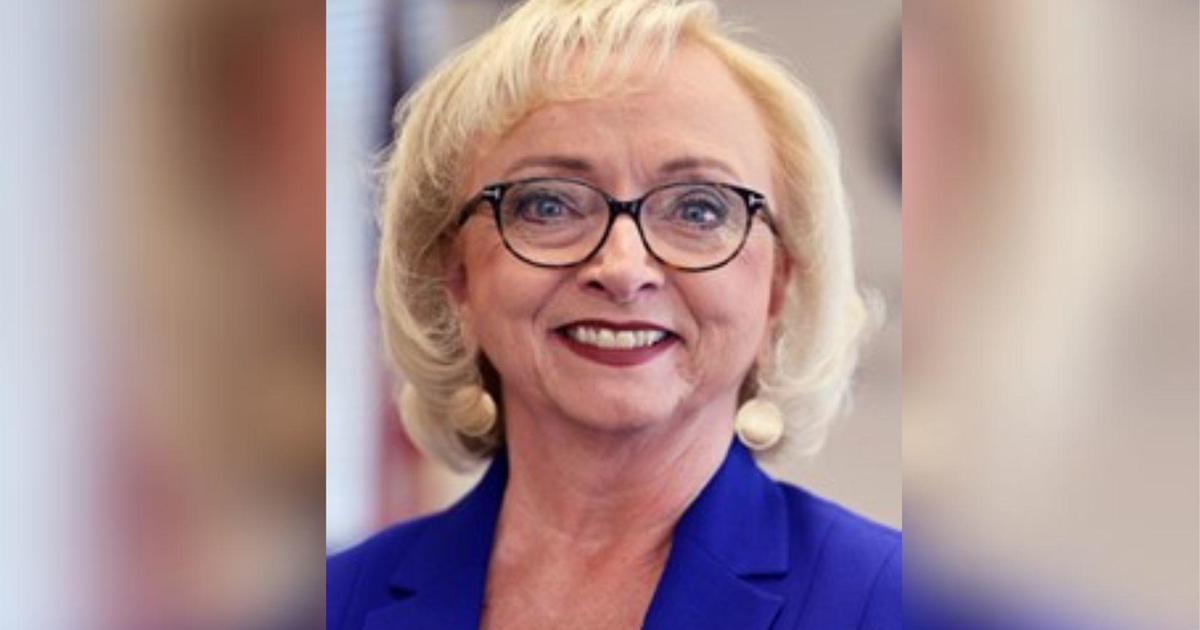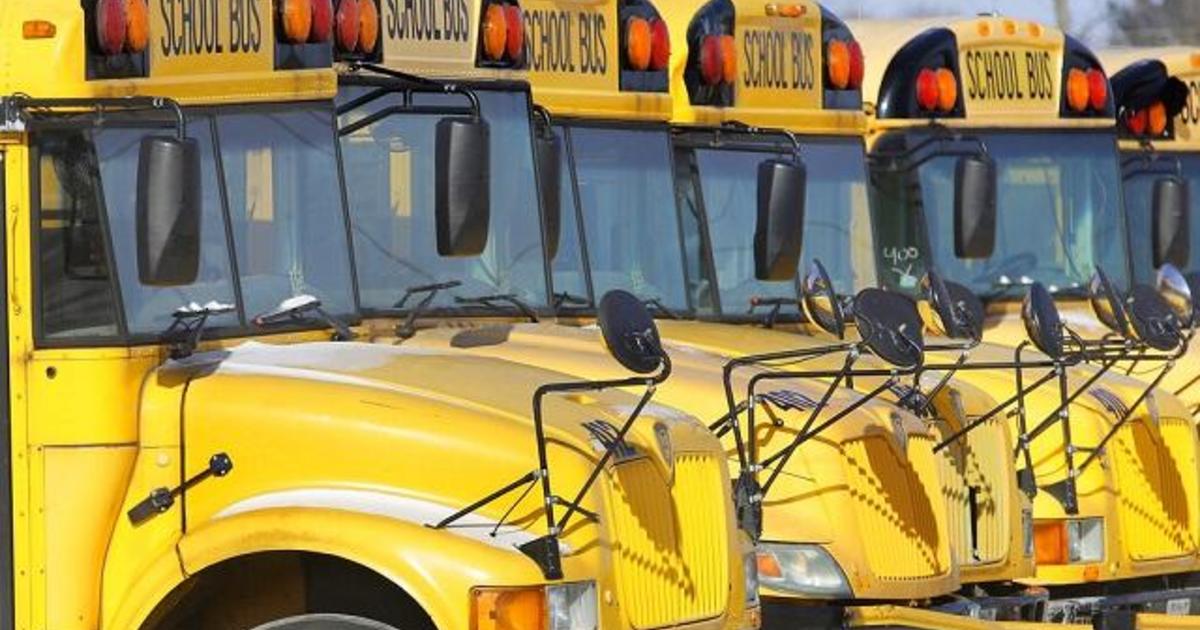High School Academies Prepare Students For Jobs
OVETTA WIGGINS
The Washington Post
UPPER MARLBORO, Md. (AP) -- Jasmine Loftland held her hand over her left eye and squinted with her right.
"It just looks like a big, white board," said Loftland, 16, her contact lenses sitting in a green-and-white case nearby. She covered the other eye. "It's worse," she said, shaking her head as she giggled. "Honestly, I don't see the arrows."
Such exams are typically given in a doctor's office or an optical center, but Loftland was getting this evaluation of her depth perception, the diameter of her blind spot and her overall visual acuity in Room B320 of Portia Barnes's biomedical science class at Henry A. Wise Jr. High School in Prince George's County. Ayanna Powell and Covir Maju, 10th-graders and medical professionals in training, were recording the results.
The teenagers are in their second year of a four-year course at the Academy of Health and Biosciences at Wise, one of dozens of high schools across the Washington region that offer a career-oriented curriculums in various disciplines, including health care, finance, media, public safety and information technology.
Career academies, which are increasing in number in Prince George's County, are an extension of the decades-old and well-known vocational programs, where students learn how to repair brake pads, hang drywall or wash and set hair. The new academies aim to prepare students for the workforce, offering them a curriculum that provides hands-on experience.
This month, President Obama awarded $107 million in federal grants to 24 school districts, workforce development groups and nonprofit groups to help "create classes that focus on real-life applications for the fields of the future," such as science, mathematics and technology.
At Wise, students are learning about the human body as they consider careers in health care. At Richard Montgomery High School in Montgomery County, they are exploring television production in a broadcast media academy, and at Chantilly Academy in Fairfax, Va., they are engaging in physical training in the schools' criminal justice program.
"Ever since I was 5 years old, I've wanted to be a pediatrician, " said Powell, 15, explaining why she applied to the specialty program at Wise. "This is more in line with what I want to be."
She said she's intrigued about the eye and is leaning toward a career in ophthalmology.
By the time Powell and her classmates graduate, some of the students in the career academy will earn internships, a certified nursing assistance license, or college credits to Stevenson University or the University of Maryland.
Prince George's, which will receive $7 million in federal grants, plans to use the Labor Department funds to bolster career academies at Bladensburg, Fairmont Heights and Potomac high schools, where students are taking courses in health and bioscience and information technology.
The academies, which began in Prince George's three years ago, are considered an essential component of the county's secondary school reform. In the past three years, the county has opened 36 career-focused academies, offering 12 career options to 3,400 students who participate in the specialty programs.
Kevin M. Maxwell, the new schools chief who has spent months reviewing the academic programs offered in the county, has recommended increasing the number of academies next year.
The district is expected to open 10 new programs in August, including a business and finance academy at Wise, environmental studies at Fairmont Heights, and graphic arts, media and communications at Bladensburg.
Lateefah Durant, a district academic officer, said the county has seen positive differences in behavior and academic achievement from students who participate: Academy students have an average of nearly three fewer absences than non-academy students and 40 percent fewer disciplinary referrals.
"It forms a community for the students, which is an additional level of support for the students to be successful," Durant said, noting that the students learn in smaller groups and stay together throughout their four years of high school.
Loftland, who has dreams of becoming a "world-famous entrepreneur," said she likes the "family-type feel" her class has and enjoys the practical lessons they learn from Barnes, a licensed physician.
While she struggled with her eye exam, Loftland's sister, Tyra, was on a burgundy doctor's table next door in the freshman introduction to health science class.
Takara Wigfall, 14, introduced herself to her patient.
"Hello, I am Takara," she said before pausing. "Dr. Takara. And what is your name?"
Wigfall placed a stethoscope on Tyra Loftland's chest. A minute later, the teacher, Tanya Adkisson, asked how many beats she heard.
"Three beats?" Takara said, answering the question with a question.
"You heard three beats in the whole minute?" Adkisson asked.
Loftland, who wants to become a nurse, laughed: "Ms. Adkisson, can you check this, because she said I'm dead."
(Copyright 2013 by The Associated Press. All Rights Reserved.)



